This is Rachel. If you haven’t already made her acquaintance, she’s something of a hen starlet on my Facebook page where she is featured daily in all her fluffy cuteness. Rachel is a bantam frizzled Cochin. Cochin is her breed, bantam describes her miniature size and frizzle describes her unusual feathers. Genetics cause frizzled feathers to grow out and curl away from the body instead of growing flat and smooth following the body contour. Frizzle is not a breed, it is a genetically programmed feather type.
Cochin is her breed, bantam describes her miniature size and frizzle describes her unusual feathers.FACTS ABOUT FRIZZLED CHICKENS:
- Frizzles are most commonly found in the following breeds: Polish, Cochin, Plymouth Rock, Japanese and Silkies (Silkie frizzles are referred to as Sizzles)
- Frizzled feathers curl out and away from the skin instead of laying flat against it.
- Frizzles cannot fly and may find it difficult to roost if the roosts are positioned too high above the floor.
Frizzled feathers provide less protection from the cold than smooth feathers as it is difficult to trap warm air against their bodies with backwards-facing feathers. Frizzled genes are dominant. A smooth-feathered bird bred to a frizzled bird will result in 25% of the chicks possessing frizzled feathers.
Bantam Cochin Frizzles Monica, Rachel & Phoebe at 6 weeks old.Breeding a frizzled bird to another frizzled bird is undesirable due to the chance that the mating may produce “curlies,” an over-frizzled bird with feathers that are weak, brittle and break easily. (think: chicken with a really bad perm)
White bantam Cochin chicks Female with frizzled feathers on left. Male on right.



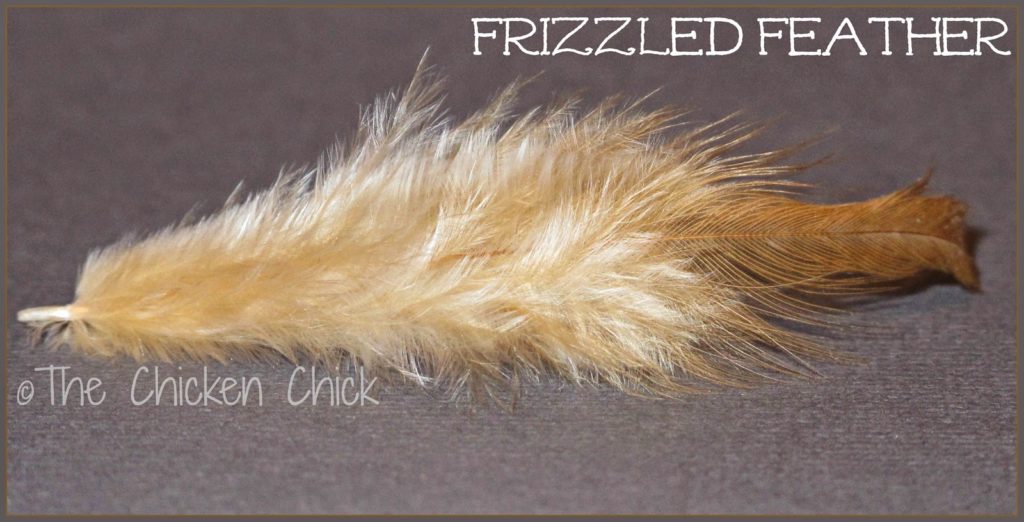
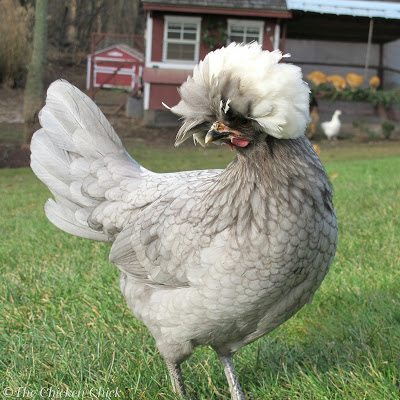
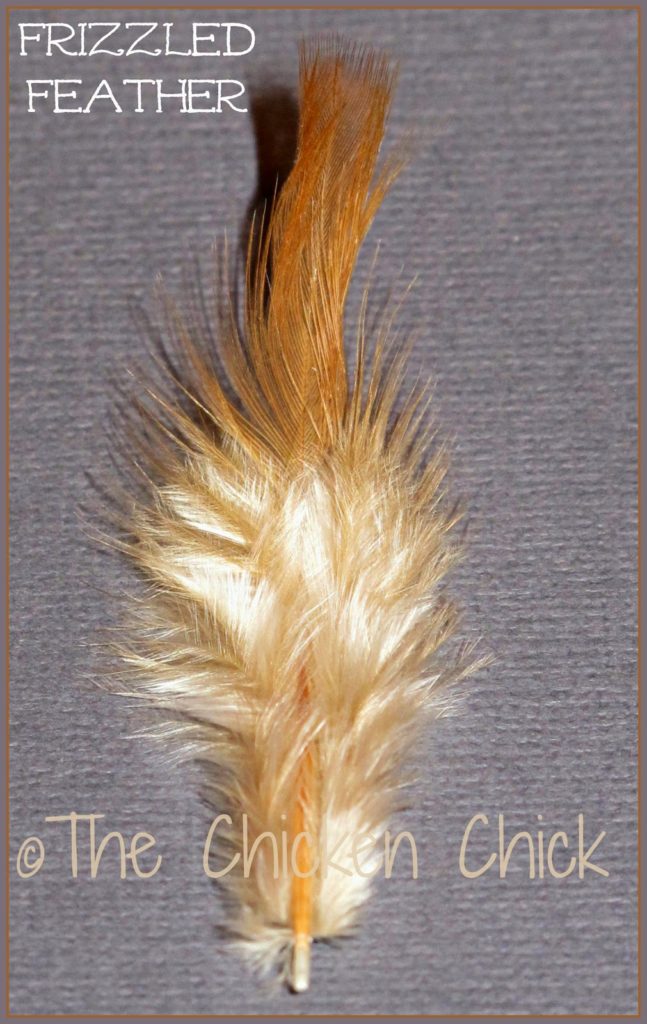
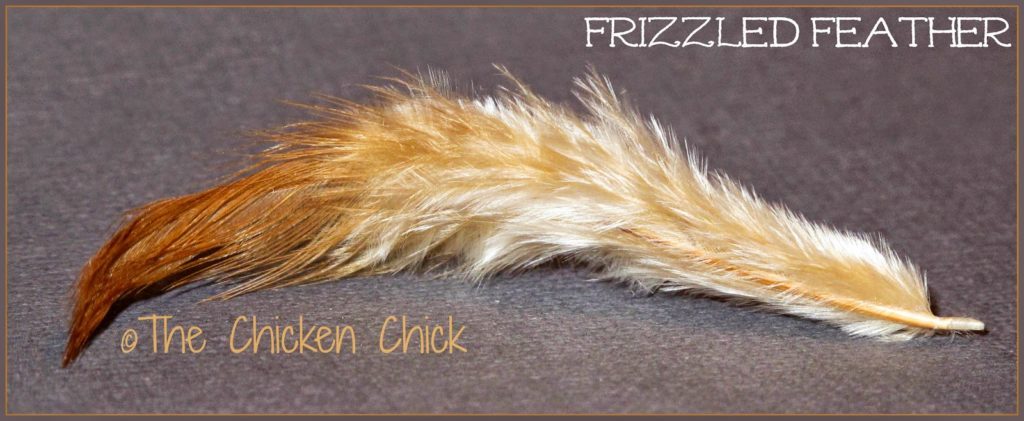
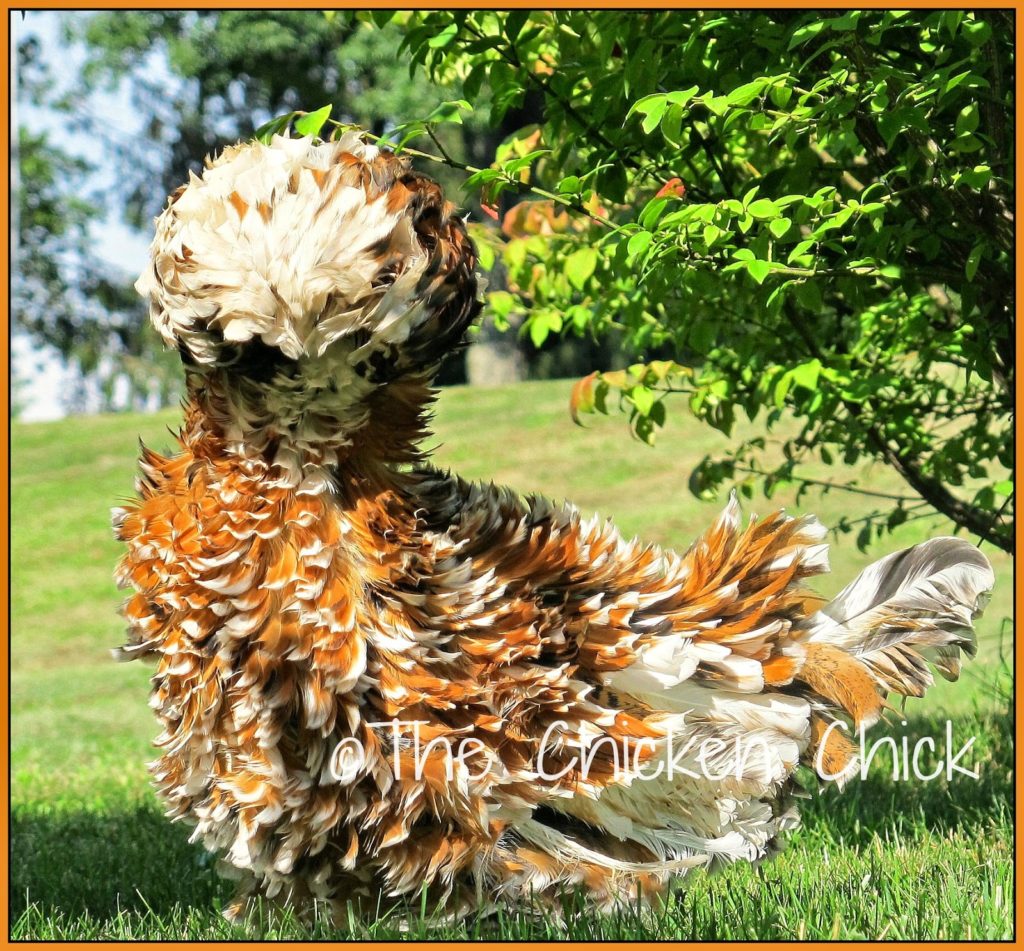
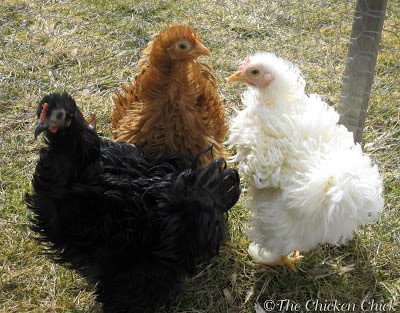
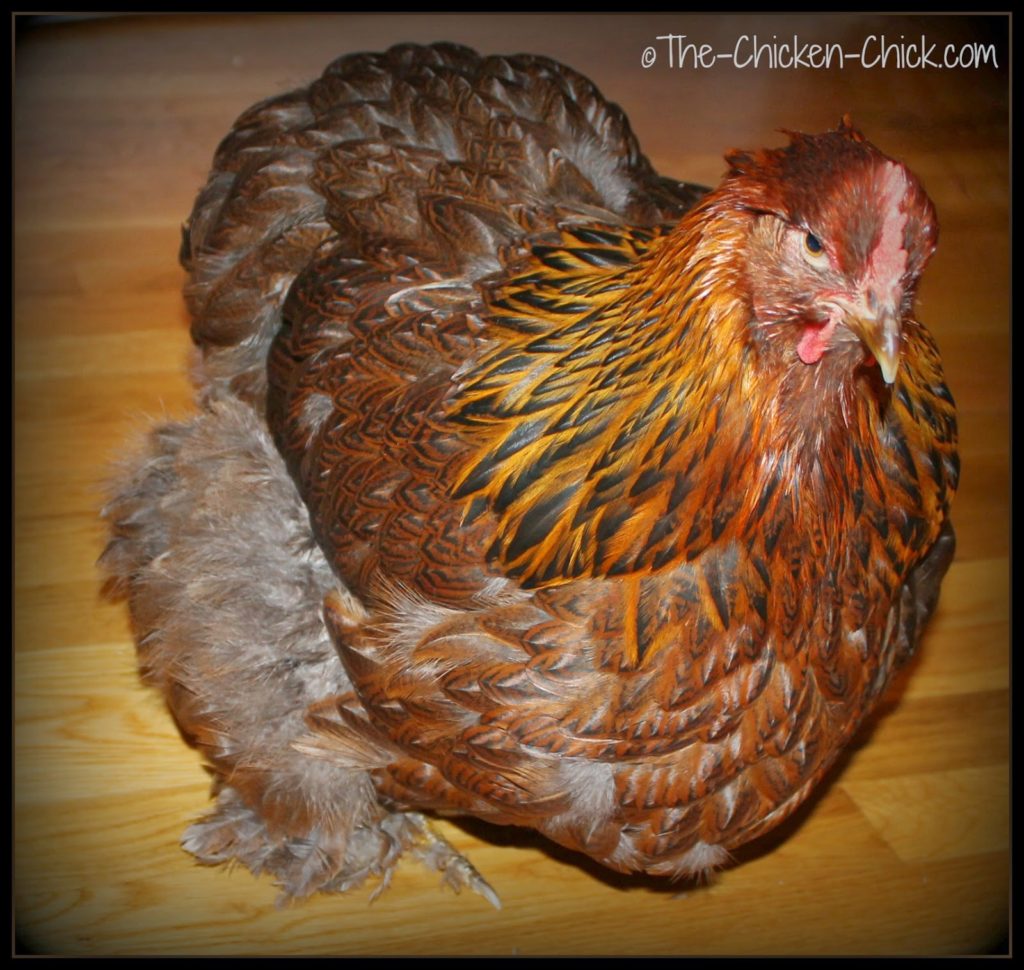
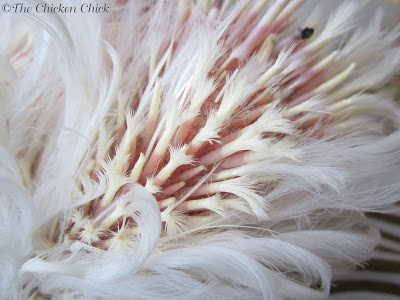
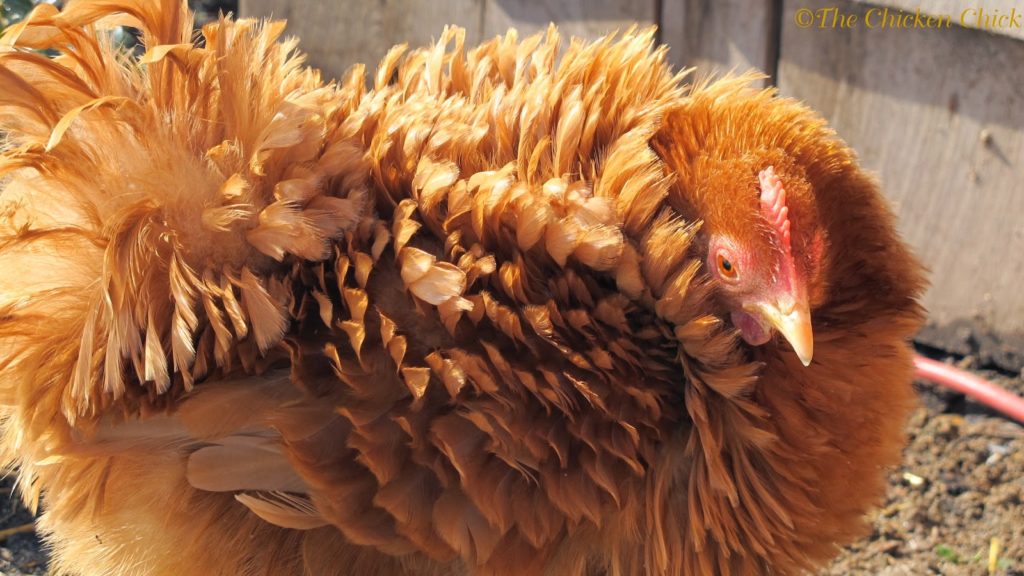



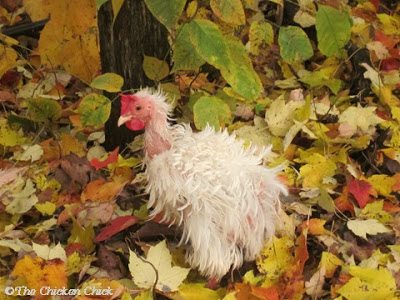
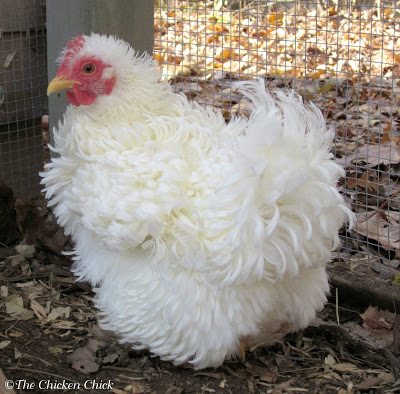
























Taking the dive, Do excited can't wait!
I have five babies they just hatched on Tuesday… Now the fun begins.
After following Rachel on Facebook, I thought I might want to add a few frizzles to our flock in the next few years. Not sure now, though, because of what you said about the cold. We just started our flock with 4 Easter Eggers, and a mix of 8 others on the way. I would love to win either of these prizes. Thanks for the info and giveaways. :)
These articles are great! Keep them coming :) Would love to win either of these prizes! We just started our flock a few weeks ago. Our oldest chicks are approaching 5 weeks old now!
My month old chicks go absolutely crazy every time I come in the room. The know meal worms are coming their way. One of the easiest methods I've ever used to my chicks. A handful of crushed meal worms and they're all over me!